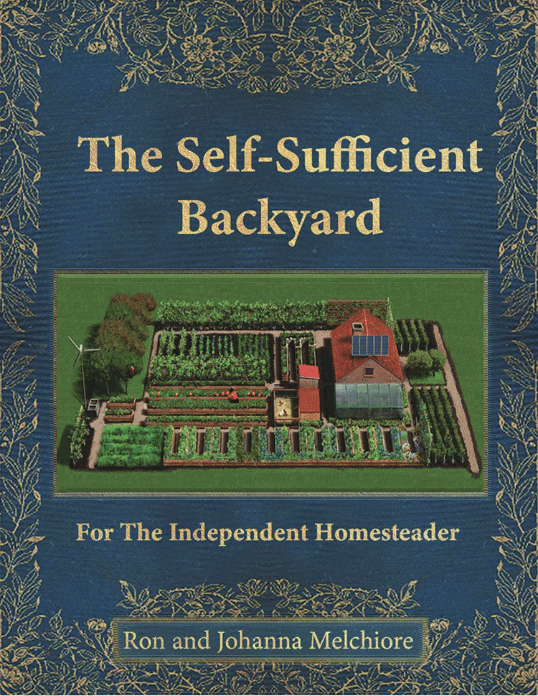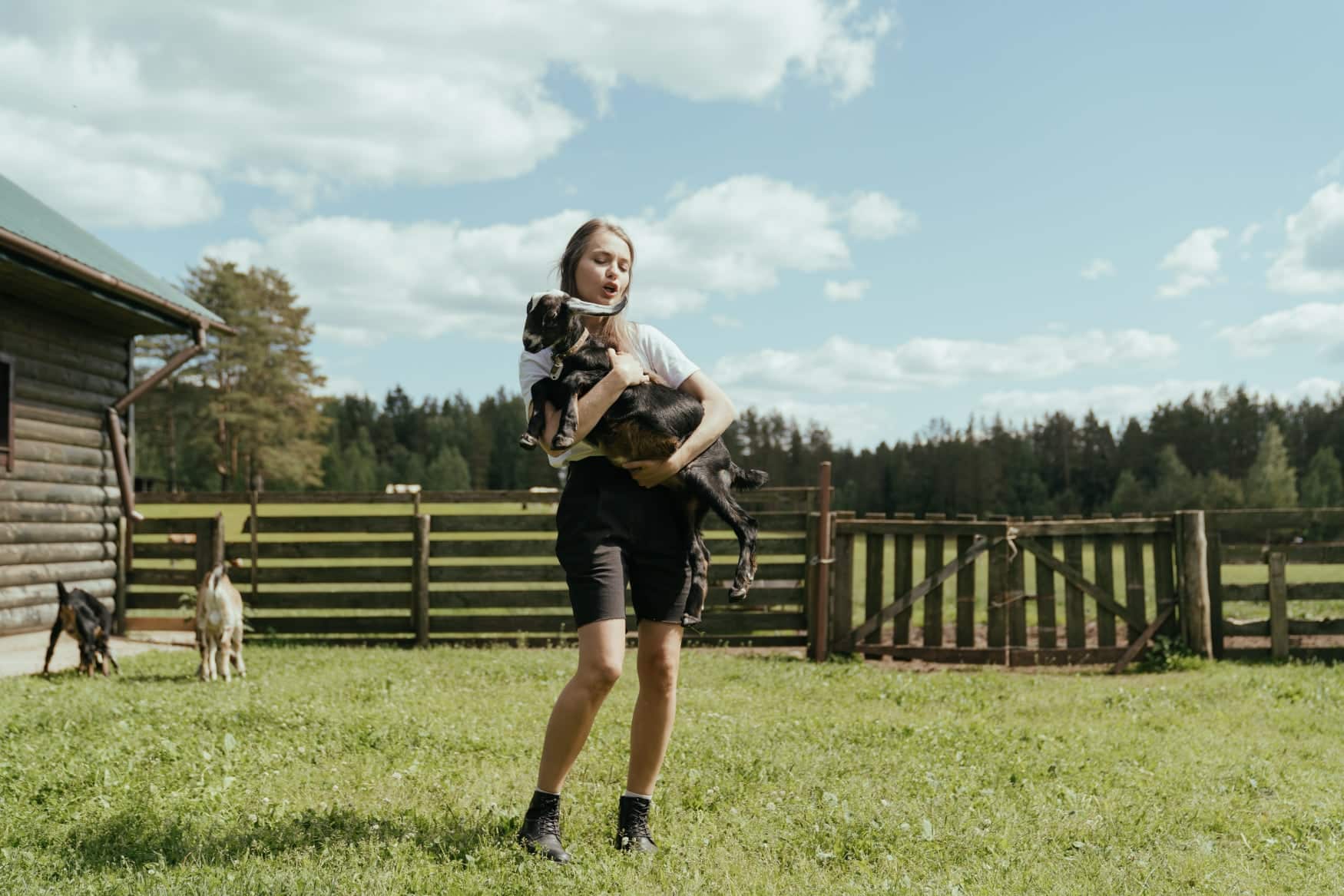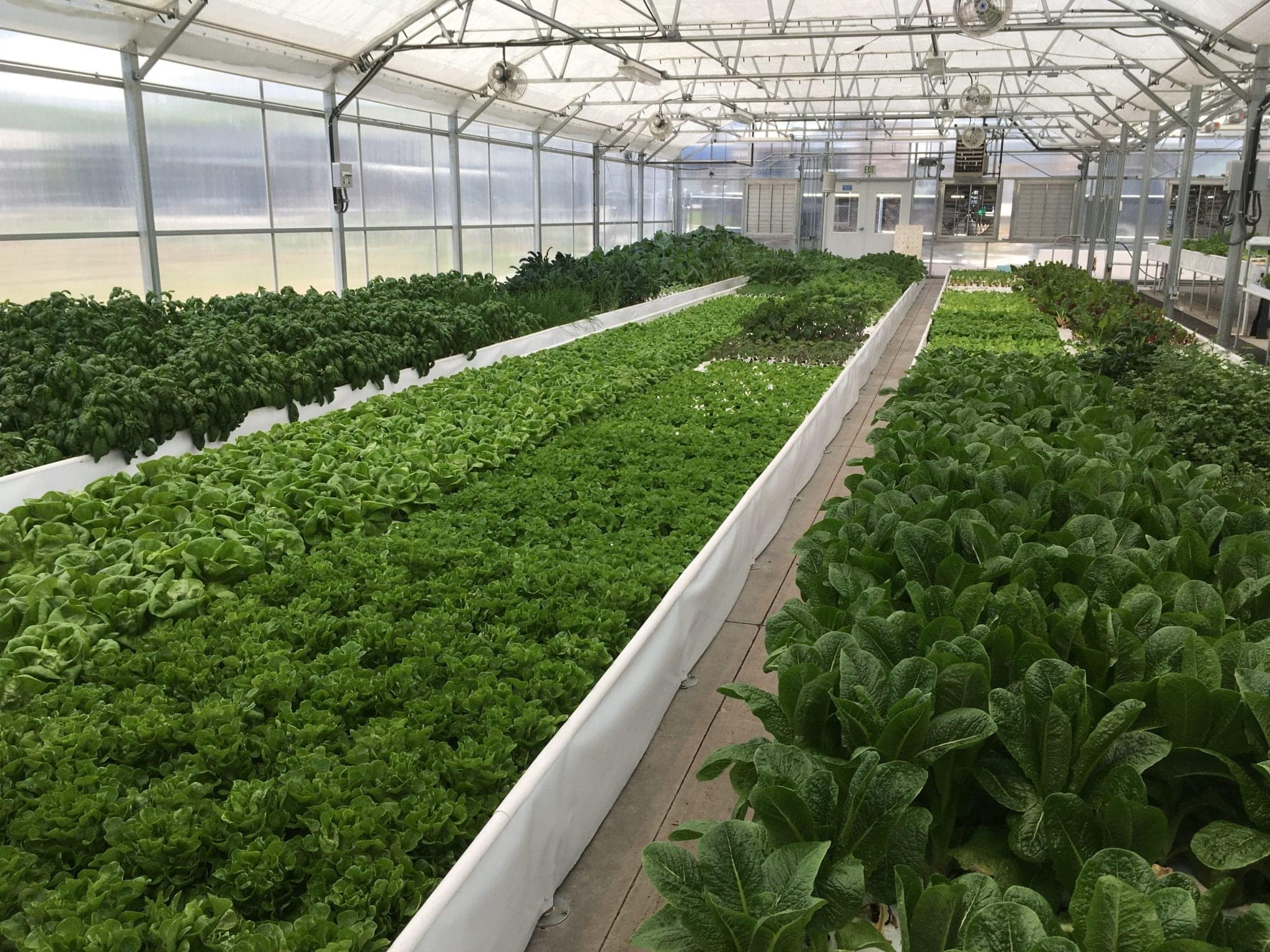Are you interested in creating a self-sufficient backyard homestead? It’s a great way to live a more sustainable lifestyle and reduce your carbon footprint. In this post, we’ll share some tips on how to plan and design a successful homestead.
Step 1: Assess Your Needs
The first step in planning your homestead is to assess your needs. What do you want to achieve? Are you looking to grow your own food? Do you want to raise chickens or other livestock? Are you interested in composting or recycling?
Take some time to think about your goals and write them down. This will help you create a plan that meets your needs and fits your lifestyle.
Step 2: Choose Your Garden Layout
Once you have a clear idea of what you want to achieve, it’s time to choose your garden layout. There are many different designs to choose from, but some of the most popular include:
- Raised Beds: These are great for small spaces and can be built using recycled materials like pallets or cinder blocks.
- Traditional Rows: This layout is great for larger gardens and allows for easy access to plants and weeds.
- Square Foot Gardening: This method involves dividing your garden into square sections and planting specific crops in each section.
Consider your available space, the amount of sunlight your garden will receive, and your soil quality when choosing your garden layout.
Step 3: Plan Your Plants
Now that you have a garden layout in mind, it’s time to plan your plants. Make a list of the fruits, vegetables, and herbs you want to grow. Consider which plants will thrive in your climate and soil conditions.
It’s also important to think about crop rotation. This means planting different crops in the same area each year to prevent soil depletion and disease. Some popular crops for backyard homesteads include tomatoes, peppers, lettuce, carrots, and strawberries.
Step 4: Consider Livestock
If you’re interested in raising livestock, now is the time to start planning. Chickens are a popular choice for backyard homesteads because they are relatively low-maintenance and provide a source of fresh eggs.
Consider how much space you have available and how many chickens you want to raise. You’ll also need to provide a coop and run for your chickens and make sure they have access to fresh food and water.
Other popular livestock for backyard homesteads include goats, rabbits, and bees.
Step 5: Add Composting and Recycling
Composting and recycling are important components of a self-sufficient backyard homestead. Composting allows you to turn your kitchen and yard waste into nutrient-rich soil for your garden. Recycling reduces waste and helps conserve resources.
Consider adding a compost bin or pile to your backyard and make sure you have a system in place for recycling. This can include setting up a separate bin for recyclables or taking them to a local recycling center.
Step 6: Maintain Your Homestead
Once your homestead is up and running, it’s important to maintain it properly. This means watering and fertilizing your plants, cleaning your chicken coop, and monitoring your compost pile.
You’ll also want to harvest your crops regularly and store them properly to ensure they last throughout the year.
Conclusion
Creating a self-sufficient backyard homestead is a great way to live a more sustainable lifestyle and reduce your carbon footprint. By following these tips, you can plan and design a successful homestead that meets your needs and fits your lifestyle.
One last thing…
Looking for the ultimate guide to creating a successful self-sufficient backyard homestead? Look no further than The Self-Sufficient Backyard: For The Independent Homesteader
This comprehensive book covers everything you need to know to get started, from selecting the right crops and livestock to designing your layout for maximum productivity and sustainability. With detailed illustrations, helpful tips, and practical advice, The Self-Sufficient Backyard: For The Independent Homesteader is the perfect resource for anyone looking to achieve greater self-sufficiency on their land. Don’t miss out on this valuable guide – add it to your self-sufficient resource list today! Click HERE to get your copy now:
The Self-Sufficient Backyard: For The Independent Homesteader

Here are some More places where you can buy self-sufficient equipment and items:
- Amazon (www.amazon.com): Amazon is a popular online retailer that offers a wide range of self-sufficient items, including gardening tools, solar panels, water filtration systems, and more.
- The Home Depot (www.homedepot.com): The Home Depot is a home improvement retailer that offers a variety of self-sufficient items, including rain barrels, compost bins, and gardening supplies.
- Etsy (www.etsy.com): Etsy is an online marketplace that features handmade and vintage items. You can find a variety of self-sufficient items on Etsy, including reusable produce bags, beeswax wraps, and natural cleaning products.
- Backwoods Solar (www.backwoodssolar.com): Backwoods Solar is a retailer that specializes in solar power systems and off-grid living. You can find solar panels, batteries, and other self-sufficient items on their website.
- Lehman’s (www.lehmans.com): Lehman’s is a retailer that offers a wide range of self-sufficient items, including gardening supplies, hand-cranked appliances, and non-electric lighting.
- REI (www.rei.com): REI is an outdoor retailer that offers a variety of self-sufficient items, including water filtration systems, solar-powered chargers, and camping gear.
- Sustainable Supply (www.sustainablesupply.com): Sustainable Supply is a retailer that specializes in eco-friendly and sustainable products. You can find a variety of self-sufficient items on their website, including composting toilets, rainwater harvesting systems, and energy-efficient appliances.




